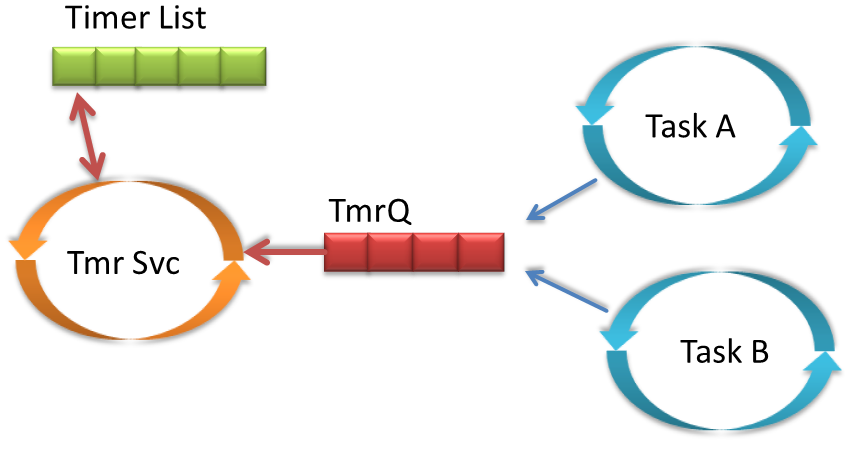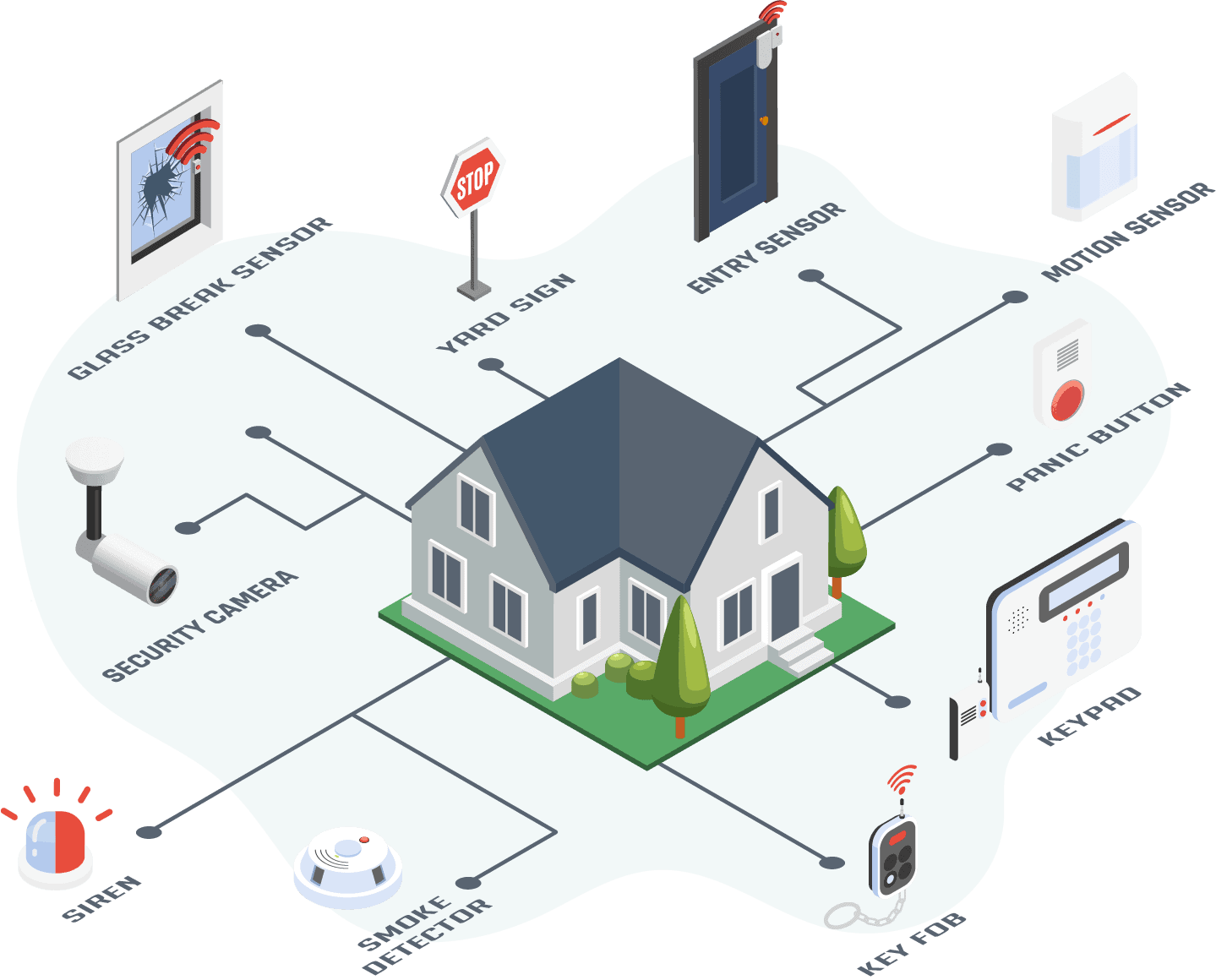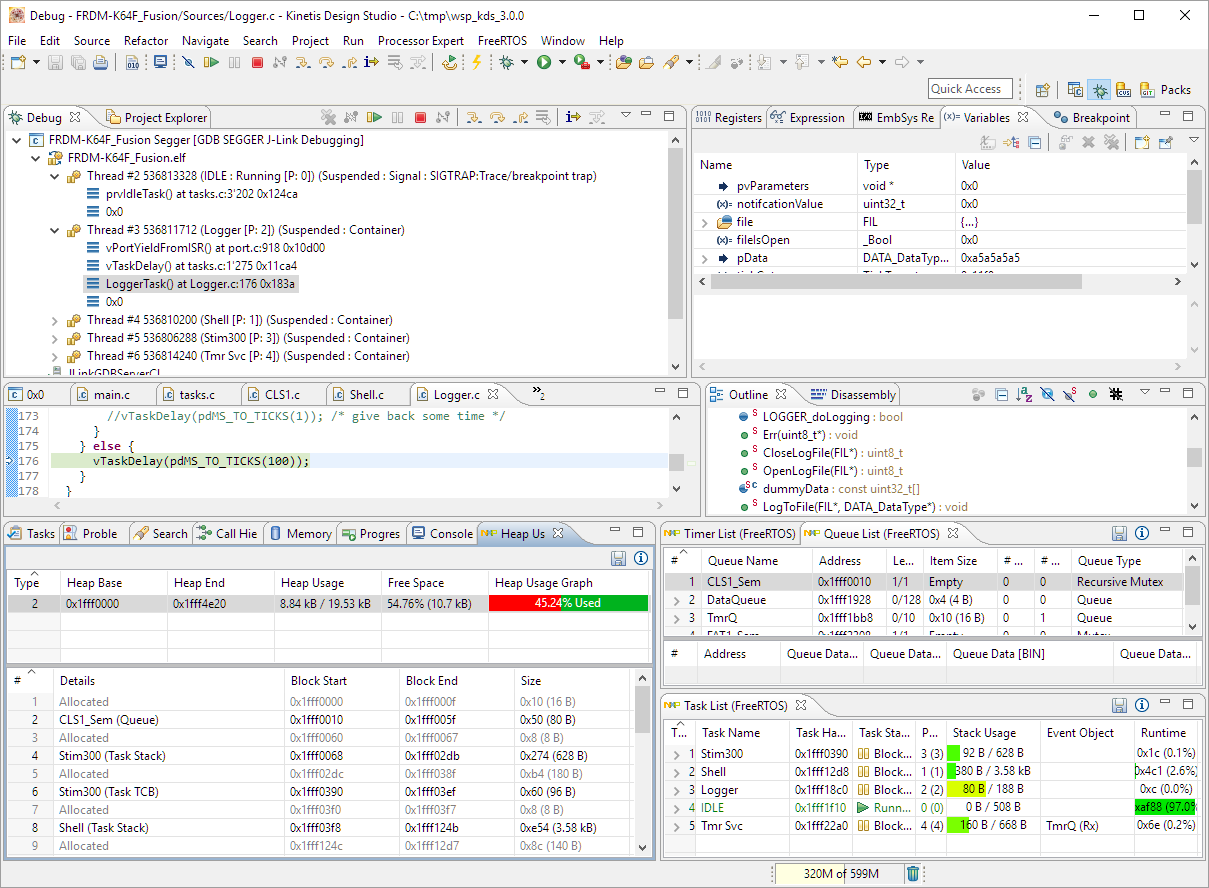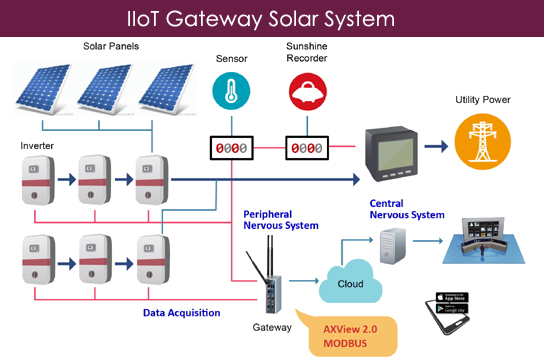The Importance of Timely Execution
In real-time embedded systems, tasks need to execute with precise timing. Whether you’re working on a robotics project, a medical device, or an automotive control system, missing a deadline can have severe consequences. This is where RTOS clock management and timers come into play.
Clock Management in RTOS
RTOS clock management is the core of timing control. It’s responsible for tracking time, scheduling tasks, and ensuring that everything happens as expected. RTOSes provide several mechanisms for managing time, including:
System Clock: RTOS maintains a system clock, which serves as a reference for all time-related operations. It’s often based on hardware timers and provides a stable timebase for the entire system.
Tick Interrupts: Most RTOSes use a tick interrupt that fires at a predefined interval, typically in the range of milliseconds. This interrupt updates the system clock, allowing the RTOS to track time accurately.
Timers: Timers are the bread and butter of timing control. They allow you to schedule tasks or events to occur after a specified time delay or at a certain time in the future. RTOS timers are highly configurable and precise, ensuring that your tasks run when they should.
Using Timers in RTOS
Let’s dive deeper into the world of RTOS timers, as they are a critical component of real-time systems. RTOS timers offer various features and configurations, making them versatile tools for managing time-related operations. Here are some essential aspects of timers in RTOS:
Timer Creation: You can create timers with specific attributes, such as the initial delay and periodicity. This flexibility allows you to tailor timers to your application’s needs.
Timer Start and Stop: Once created, timers can be started and stopped as required. This dynamic control enables you to adapt to changing conditions or pause timers during certain events.
Timer Callbacks: When a timer expires, it triggers a callback function or task. This mechanism is crucial for executing time-critical operations precisely when needed.
Timer Accuracy: RTOS timers are designed for high accuracy. They are synchronized with the system clock and are not affected by the execution time of other tasks. This ensures consistent and dependable timing.
Practical Use Cases
Now that we’ve covered the fundamentals, let’s explore some practical use cases where RTOS clock management and timers shine:
- Real-time Communication
In applications where devices need to exchange data with strict timing constraints, RTOS timers can ensure that messages are sent or received precisely when required. This is crucial in industrial automation, where synchronized communication is essential for process control. - Sensor Data Sampling
Many embedded systems rely on sensors to collect data. RTOS timers can trigger sensor sampling at specific intervals, ensuring that data is captured regularly and consistently. This is valuable in applications like weather stations or environmental monitoring. - Motor Control
In robotics and automation, precise control of motors and actuators is critical. RTOS timers can be used to generate pulse-width modulation (PWM) signals or control motor speed and direction with high precision. - Task Scheduling
RTOS timers are instrumental in scheduling tasks or processes that need to occur at regular intervals. For example, in an automotive control system, timers can ensure that tasks like engine monitoring and fuel injection occur at the right time, optimizing performance and fuel efficiency.
Pitfalls and Considerations
While RTOS timers are powerful tools, they come with some considerations:
Resource Management: Creating too many timers can consume valuable memory and CPU resources. It’s essential to balance your timer usage to avoid resource exhaustion.
Overhead: Timer management introduces some overhead, especially if you have many timers running concurrently. Be mindful of this overhead, especially in resource-constrained systems.
Deadline Misses: Despite the precision of RTOS timers, there can still be situations where deadlines are missed due to unforeseen delays or resource contention. Robust error handling and recovery mechanisms are essential in such cases.
Conclusion
RTOS clock management and timers are the unsung heroes of real-time embedded systems. They provide the temporal precision required for tasks to execute reliably, making them indispensable in critical applications. Whether you’re building a medical device, a self-driving car, or an industrial control system, understanding and harnessing the power of RTOS timers can be the key to success. So, the next time you embark on a real-time project, remember to give proper attention to clock management and timers, because in the world of embedded systems, timing is everything.





